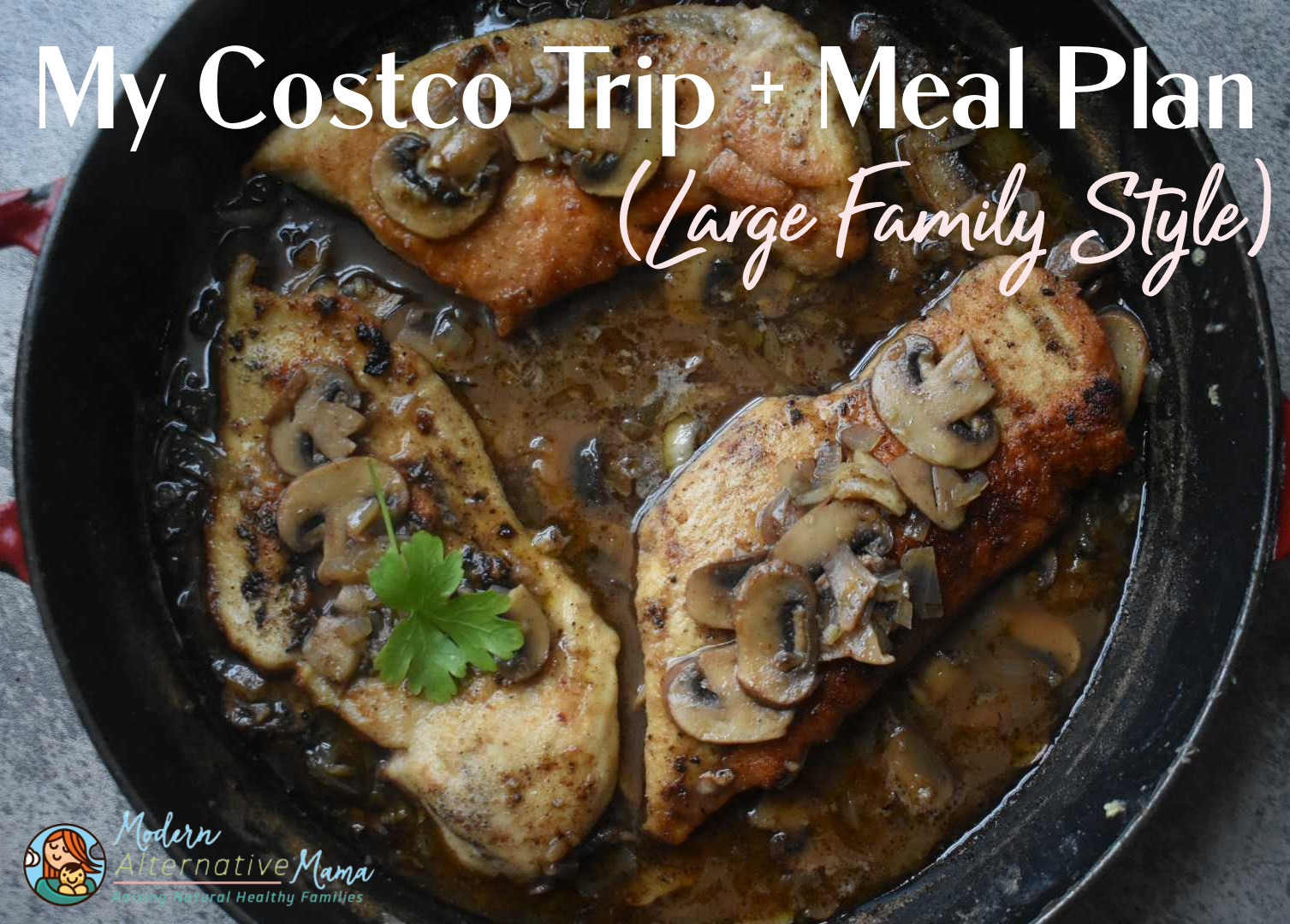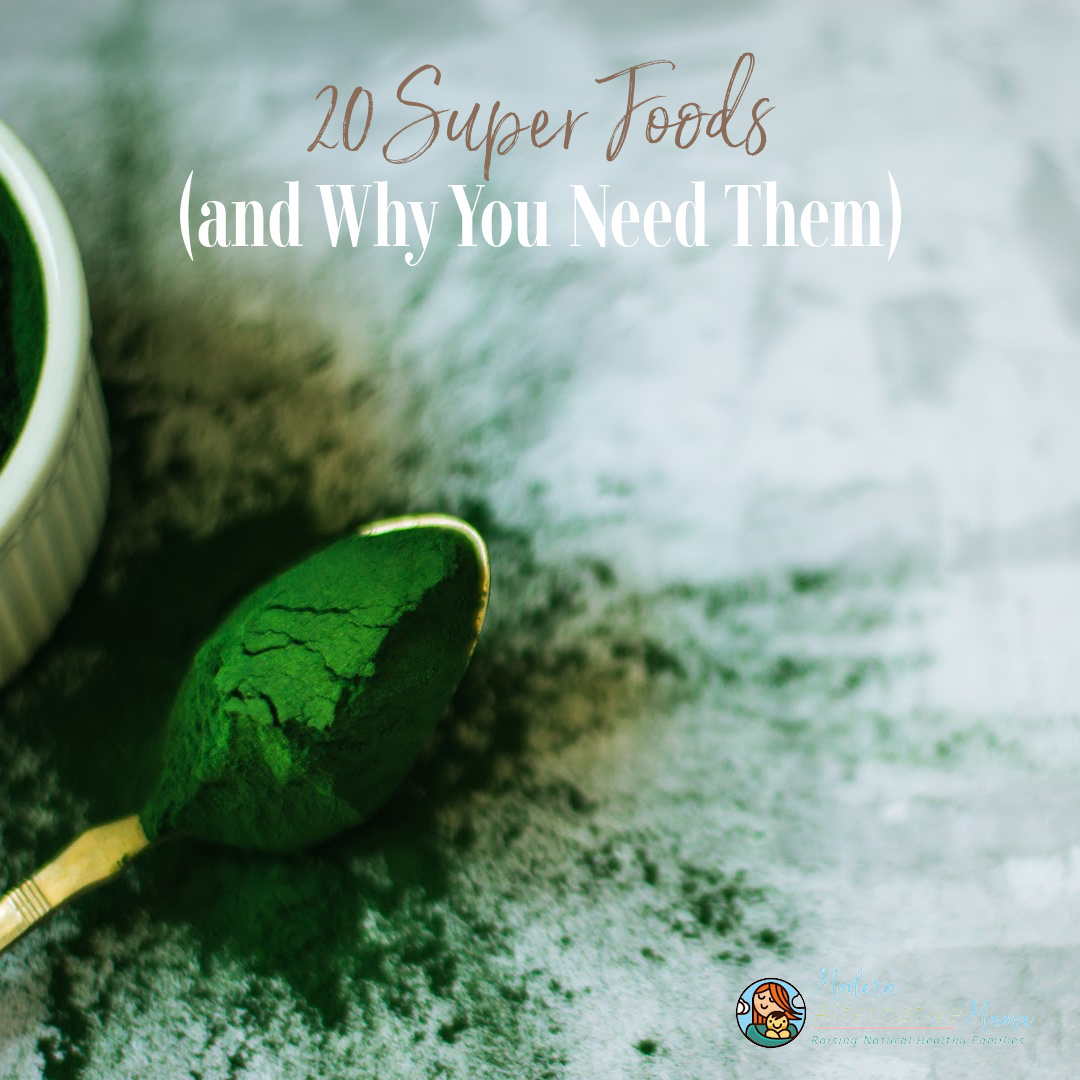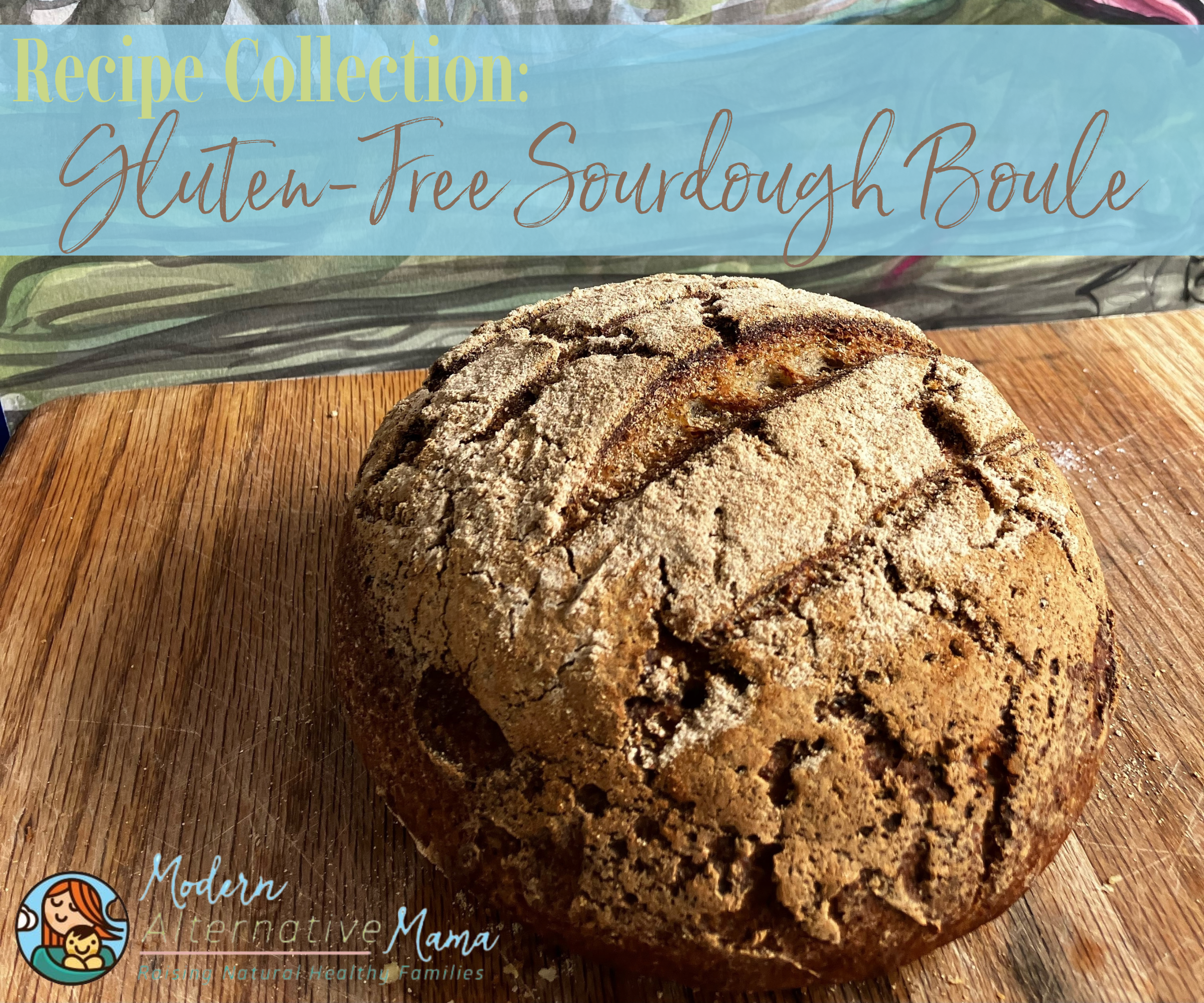Written by Kate Tietjehealthy fat. It’s saturated and made from beef suet (raw cow fat). If you happen to be buying a part of a grass-fed cow (we buy a whole one every so often), request a bag of suet along with it. You can even ask a local farmer to get you some next time he butchers a cow. Once you have the suet, you have to render it to get tallow.
That leads to some consternation for many, as it did for me initially. Just how do you render this stuff?! It really is not complicated at all, but it does take time. You will get greasy, and your house will smell funny for a while, but it’s so worth it! Have you ever had fries cooked in beef tallow? It’s what McDonald’s used to use 20 years ago. Beef tallow made their fries so delicious. Sadly, they switched due to “heart health.” Now, they add beef flavoring, trans fats, and MSG in an attempt to make up for what’s missing, ironically making their fries less heart-healthy than ever.
I digress. Suffice it to say, beef tallow is something you’d like to have around. It has a strong flavor, so it’s not a fat you’d want to use in everything (lard is much more neutral), but it is still excellent. Let’s get to how to render beef tallow.
How to Render Beef Tallow
Ingredients & Materials:
- Suet
- A large stock pot (mine was 8 quarts)
- A cutting board
- A sharp knife
- Glass bowls
- A wooden spoon
Directions:
Step 1: Cut the suet into 1″ cubes.
Step 2: Carefully remove any leftover muscle meat or blood vessels (you don’t want these parts in the pot, so cut around them and throw them to animals or in the trash).
Step 3: Once your fat is cut, fill your pot with it before placing the pot on the stove, uncovered, over very low heat (you want it to melt, not burn). After a while, the fat will start to melt. There will be partially melted chunks that are greenish-yellow.
Step 4: Keep stirring your pot every 20 – 30 minutes so that more and more of the chunks get to the bottom and start melting. After a couple of hours, your fat will have cooked down some, and you’ll have mostly partially melted chunks and lots of liquid fat.
Step 5: Start pouring off some of the liquid fat. Get a glass bowl (please, no plastic; it could melt the plastic and certainly leach harmful chemicals out. Fat and heat are the two things that cause the most leaching, so putting this in plastic is a big no-no!) and a sieve and pour the fat through it carefully.
Step 6: Return your pot to the stove and keep stirring it. Over the next couple of hours, you’ll keep stirring and pouring off melted fat. Eventually, you’ll get down to maybe 15-20% of the volume you originally had, and the bits won’t seem to melt anymore. This is normal. Your fat will not completely melt. These leftover bits are called “cracklins,” and they are edible! Keep cooking until these bits are nice and crispy. You may not want to pour off the last bit of liquid fat, especially if it has tiny browned bits. It will make your tallow gritty and weird.
The cracklins are good to eat, so go ahead and toss a little sea salt on them and have a snack! Remember: cracklins are pure fat, so you won’t want to eat too many (hard on the tummy!).
Step 7: Allow your fat to cool. It’ll turn from that greenish-yellow color back to a creamy-white color when it solidifies. Put a lid on it and store it in your pantry for about a month or in your freezer indefinitely.
That’s it! That’s not so hard, is it? It does take about 5 hours or so from start to finish, but other than cutting the fat, it’s not much hands-on time. I got about 25 cups of one fat piece, which will last months. So, considering how long it will last, that’s really not too bad!
Also, note that this method renders any type of fat — lard, lamb, duck fat, etc. Any raw fat can be rendered the exact same way.






Your pictures are missing from your post. Just an FYI. Thanks for the tutrial, though. Will look into this. Also – about how much did you end of paying per pound for your cow, and how many pounds did you get from it. Are you able to store all of it in 1 freezer, or 2?
Monique,
I fixed the pictures! The kids were a little busy last night and I forgot to finish that!
We paid $2.50/lb. + processing, so it was around $3.00/lb. at the end. We got 528 lbs. if I remember correctly, although that's the hanging weight. So some of that we wouldn't have gotten, some was fat, some was bones, most was meat. So maybe 500 lbs. take-home? We COULD have gotten it all in one upright freezer (I think) but that would have been the ONLY thing in there. We also have produce from last summer and stock, so we did buy a second, small freezer to put the rest of the beef in. But we always buy them used on Craig's List so we've gotten good deals on them!
I'm just curious what part of the country you live in? I'm wondering if your region has anything to do with the cost of your meat? We just bought a cow and paid 4.50 lb, and that was the VERY best price we could find.
Beth,
I am in Ohio. We have a lot of Amish around and a lot of farms in general and that probably affects the pricing. Also, the farmer we bought from is not certified organic, but raises all his animals on pasture, so that drives it down too.
I'm wondering if there is still something wrong. I'm still not able to see the pictures. 🙁
Kathy,
It could be your browser or permissions — they show up fine here. I'm not sure. 🙁
yum!i have rendered suet just as you do up there in your pics and it works great, but for even more frugalness?? and b/c finding suet to buy is not all that easy at times, i have had great success rendering the fat left after making beef broth….after making the broth (i generally let mine go at least a day and a half), i tear all the fatty pieces off of the bone (they basically just fall off after taht much boiling) and just toss it in a frying pan and proceed from there as you describe above, i do take off the big pieces of meat and save the morrow if i have morrow bones for another use, but it actually makes a decent amount of tallow(really not that much, but decent for a very easy amount of work) , and you have more and bigger pieces of 'cracklins' (often with some crispy meat stillattached that is very good) when you are done, but it works great and helps save all that good fat! oh and of course, strain it before saving for use
Did you do this while pregnant? Just looking at the pictures makes me nauseous 🙂
Anyway, thanks for the tutorial. I had requested some extra beef fat when I ordered our 1/4 of a cow because I've been wanting to make soap. However, it was grassfed so they said their wasn't extra fat from this cow since it was needed for the ground beef. So, not fat to render yet. I hope to some day though so thank you.
My grassfed sheep had a ton of fat, which surprised me. I put the fat through my KA grinder, even with a few meat bits in it. I grind because it is faster and makes smaller pieces. I put the ground fat in water and put it on the woodstove for at least half a day. When it is at the cracklin' stage I sieve it and put the pot (water and fat) on the front porch (well, in cold weather, which is the only time the woodstove is going too). After the fat is quite firm I take out the round and flip it and make sure that the gritty bits are scraped off the bottom and store it in a plastic bag until needed for soap. If I am using it for cooking I dip fat from the top of the pot when it still is on the woodstove, making sure to not go into the water on the bottom, and sieve directly into clean glass jars.
I don't generally eat the cracklins (actually never though I'm not sure why) but I save them in small containers for my turkeys for winter "bug" substitution, or for my chickens or cats or dog. But the turkeys get first dibs because they can use the protein.
I think the grinder and the water and the woodstove make my active participation time a bit lessened, and I think not frying (even gently) is probably less smelly (especially if the pot has a lid).
I'm not sure the person who butchered the grassfed cow was completely honest as this sheep had pounds and pounds of fat. Maybe the cow was quite a bit younger than my sheep, who was 2 years old. Possibly it was too annoying to put "dirty" fat (ie, too much meat in it) in a container for the customer? Not sure – did you ask ahead or after? I told the butcher I wanted it even if it was just a little beforehand. Maybe it was because you got a non-fatty quarter – the front I would guess (the big fat on the sheep was around the kidneys). Haha, desperate ideas 🙂 Just trying to make sure you can get some next time.
Shannon,
lol, yes, but my morning sickness is usually done by 10 weeks so at this point (13 weeks) there's very little I can't stand. 🙂 I'm surprised that they told you there was "no fat!" That can't be right….
Brenda,
Lamb *is* much fattier than beef, and grass-fed beef can vary from rather dry to quite fatty, depending on the individual animal. But still seems weird there would be none! Interesting that you use yours for soap making, I would eventually like to learn how to do that!
Kate and Brenda-
Yes, I was surprised when the butcher told me that about there not being extra fat. I had requested it before the cow went in for processing. I had also requested he keep some of the bones so I could make stock but he forgot! So, I was pretty disappointed with the whole thing and the meat is actually tough. The fat on the steaks is more like grisel, so much so that I pulled out a NY strip last night and thought it had a bone it. Anyway, it wasn't a bone but the grisel. It was that tough.
But, back to the rendering, this is something I hope to do soon and will just get some from a butcher shop instead.
I just got about a 1/3 of a cow today and there wasn't a ton of fat but I am going to render tomorrow. I'm actually pretty excited about it as I have only ever purchased it already done and need to learn to do it myself. I have some good lard I need to render as well. What do you end up storing it in once it's rendered? I saw another blog that said that you are supposed to add water to it after the process you outlined above and cook it another few hours and then separate it out which I thought was kind of silly. Have you ever heard of doing it that way before?
Jennie,
No, I've never heard of that way before…I'm not sure why that would be necessary. I've never done it that way, either. I store mine in glass Pyrex dishes in the pantry. Plastic leaches chemicals in the presence of heat and fat, so pouring hot, pure fat into it wouldn't be so good!
The images are missing from this post . . .
If I use tallow for fries in a restaurant, do you know how often I would need to change the oil (tallow) in the deep fryer?
More likely, how often can I reuse the tallow?
hi, i think what the butcher meant is there was fat, but because the meat is so lean he was going to be mixing it into the mince to fatten it out, i know they do that some places here. i go tmy fat free from a butcher who i bought nothing else from, i was surprised there wasnt even a small charge as she had to find it out the back and chopped it up for me!! such a nice butcher and two ladies as well which is unusual, so ill defo go back there. i also put mine in a processer to mince it up, which i think now maybe was my mistake. the fat ended up very gritty especially at the bottom. the side were nic elike hard butter, but the middle and bottom just crumbled away… i thought it might have been the temperature because i put it into the slow cooker then got fed up waiting for some action and lef tit on saute in my instant pot just for a few minutes to add some heat and did tha tmaybe every hour just to get some action going as it didnt seem to be melting at all on the high slow cooking setting. so i am a bit dissapointed. is there any way i can re render it? or seive out the gritty bits? you said something about soap did you mean you used the grittier stuff for soap..it is defo not pleasant to eat anyway a really horrid mouth feel and maybe i am remembering lard rather than tallow but i thought it should be quite smooth. anyway if anyone can help me solve the girty issue i would be grateful as i dont want to waste the fat.